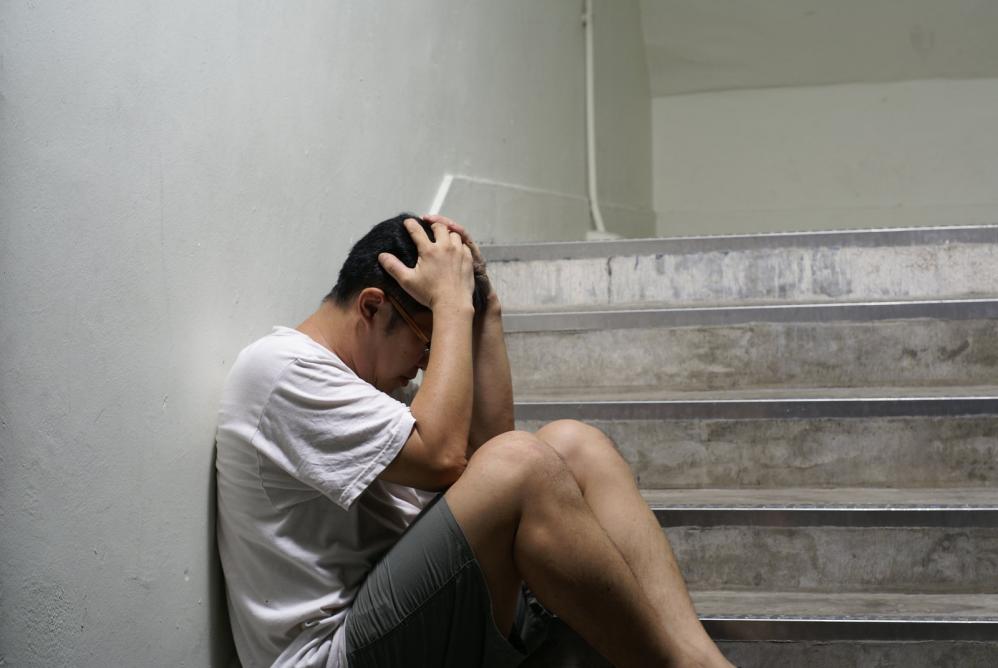Fentanyl use made up 65 percent of the DEA’s opioid identifications (seizures) in the second quarter of this year, according to Foreign Policy, which got a copy of the report via a public records request. And numbers released early in October by the Centers for Disease Control and Prevention note that fentanyl is now the leading cause of overdose deaths in the United States.
Fentanyl and other synthetic opioids such are carfentanil and furanlyl fentanyl painkillers are now the leading cause of overdose deaths across the US this , killing more than 20,000 people last year, according to unfinalized data.
Overall, 65,000 people in the US were killed by illicit drug use in 2016 – more people than the Vietnam War killed in total. These numbers include people killed by heroin, cocaine, synthetic drugs and prescription painkillers in 2016. This is a 21% increase from 2015. And the idea that more drug users than ever are using – and dying from – fentanyl is truly chilling.
Fentanyl use is sometimes a complete accident. There has been a troubling history of overdose deaths in the US by people who thought they were illegally purchasing drugs such as heroin on the street, only to have it tainted with the drug. Opioid drugs ordered from “online pharmacies” promising drugs such as Tramadol or Oxycontin have also been found to be tainted with the drug, which can actually cause deadly reactions through simple skin exposure for people without a physical tolerance to it.
9% of opioid deaths were found last quarter to be due to furanyl fentanyl, a drug even more dangerous than regular fentanyl. States like Connecticut, which are affected severely by the opioid epidemic, have seen a rise in fentanyl-related overdoses and even people seeking drug treatment from drugs as powerful as furanyl fentanyl.
People addicted to these synthetics often have powerful, exaggerated withdrawal symptoms because of the drug potency. Most detox facilities aren’t equipped to provide medication-assisted treatment to these individuals, but will treat them as if they’re addicted to heroin, providing them with a little comfort and, at least, a place to get clean that’s medically-monitored.
Recently, the Trump administration declared the opioid epidemic a national emergency, but addiction recovery advocates are disappointed at the little aid he could muster in terms of money and resources. Some resources will be diverted from government money allocated for AIDs, and some money will be put into drug enforcement (the drug war) and prevention.
Things that states need most, such as the money to build new treatment centers and hire new treatment professionals, seem out of reach, even as the numbers get bleaker.
Because of this, more communities have been creating their own recovery and sobriety services, many based on the experiences of recovering addicts and the desire of community members to help their loved ones get clean
In the Midwest, you’ll often find recovery hotlines and 12-step meetings galore, as well as sober events and other community partnerships. No one seems to have the time to wait around for the government to try to change those numbers. The time for action has always been “now”.



Leave A Comment
You must be logged in to post a comment.